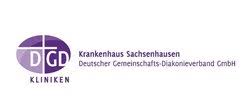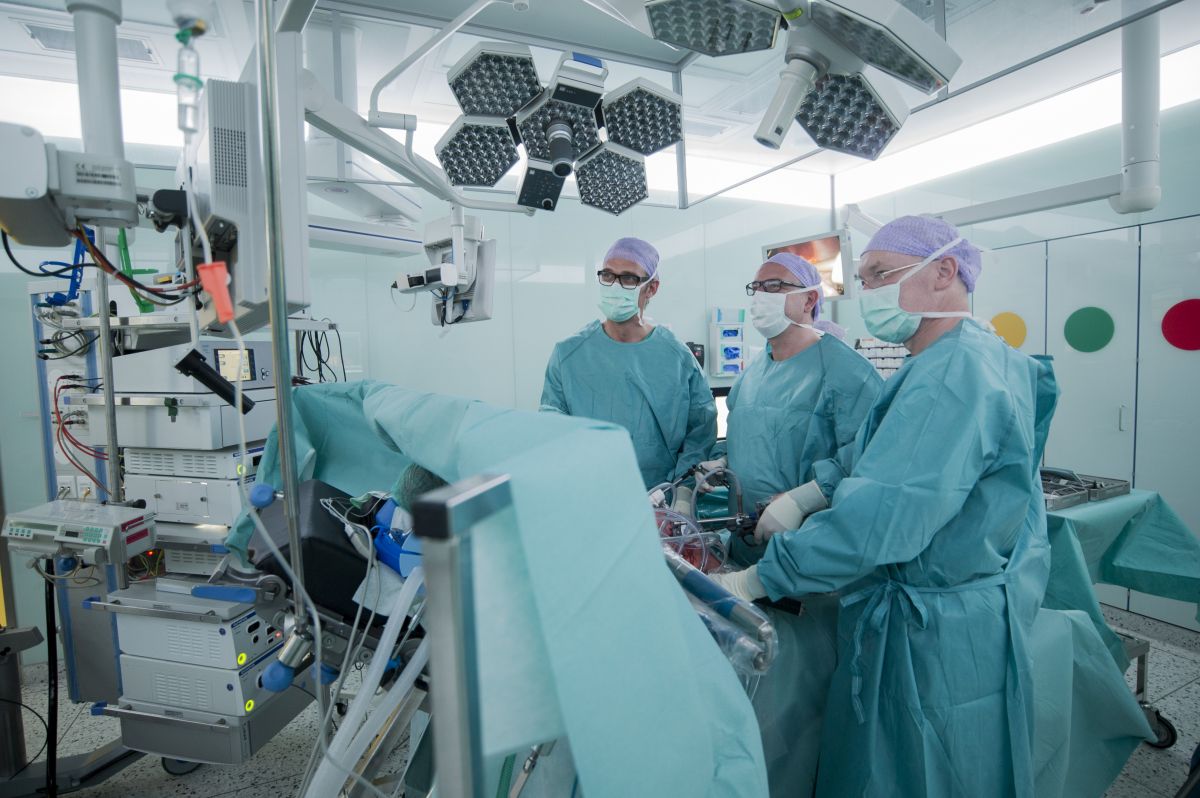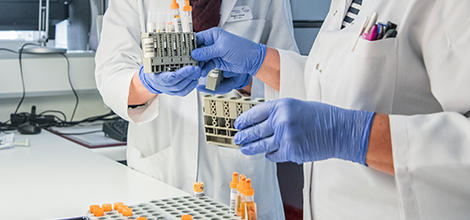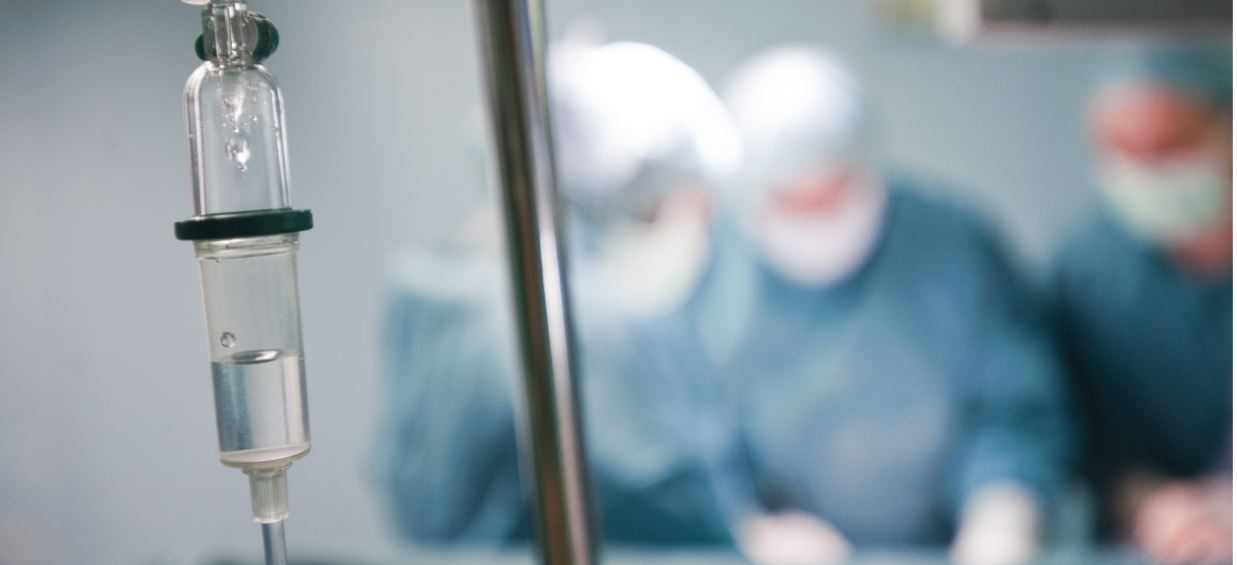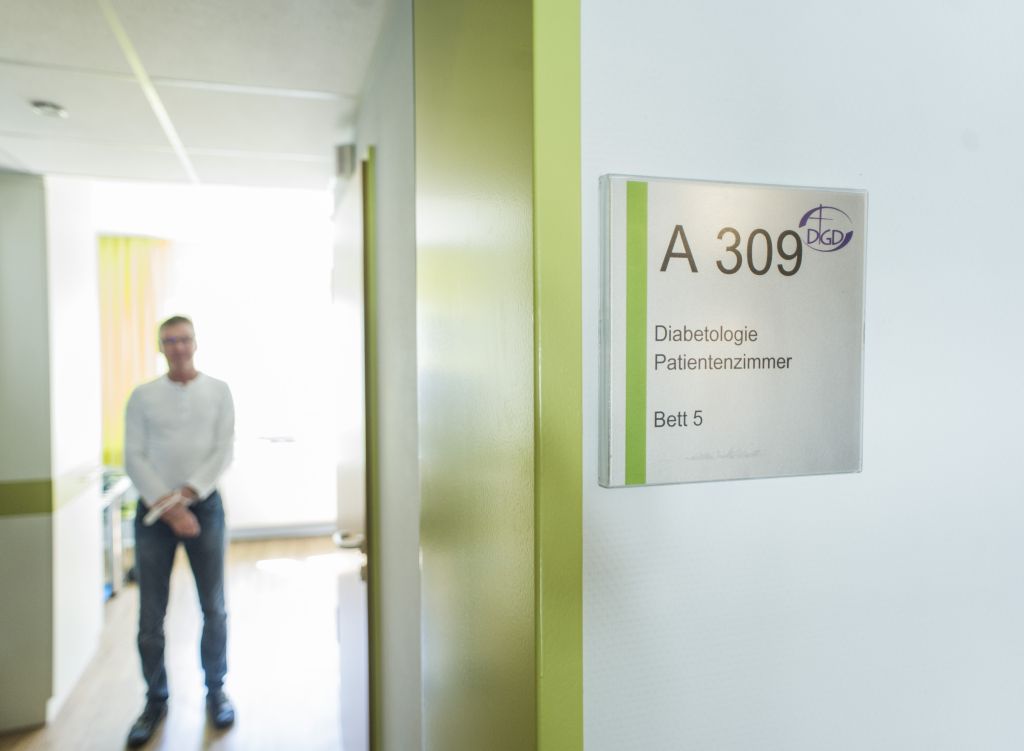Surgery Frankfurt - Sachsenhausen Hospital
 1
1
 2021-03-29 17:34:10
2021-03-29 17:34:10
Company address
Location:
Германия, Франкфурт-на-Майне
Service types
Медицинское обслуживание
Детская медицина
Эстетическая медицина и косметология
Диагностика
Другие медицинские услуги
About company
In 1895 the doctors founded Professor Dr. Carl von Noorden, world-renowned expert on metabolic diseases, and Dr. Eduard Lampé in Schifferstrasse in the Sachsenhausen district of Frankfurt, Europe's first diabetes clinic. People from all over Europe came to the “Private Clinic for Diabetics and Dietetic Cures” to treat their diabetes. In the pre-insulin era, the oat cures with which Carl von Noorden revolutionized the dietary treatment of diabetes at the beginning of the 20th century were a blessing and the only treatment option for people with diabetes. Carl von Noorden's invention of the white bread unit (WBE) represents a quantum leap in the arrangement and implementation of diets. Von Noorden is also a pioneer in insulin therapy, because he is one of the first in Germany to
After the Second World War, it was von Noorden's successors who played a key role in the development of the insulin pump. Endocrinology and diabetology is still the hospital's own department headed by the chief physician. However, at the end of the twenties of the last century, the diabetes clinic was expanded into a general hospital that, in addition to diabetology, accommodated the specialist disciplines of internal medicine, surgery with trauma surgery, anesthesia, gynecology and obstetrics.
In 1927 the German Community Diakonieverband (DGD) sends the first deaconesses to the Sachsenhausen clinic for nursing and takes over the sponsorship in 1932. On November 5, 1944, large parts of the hospital were laid in ruins by an air raid, and miraculously no one was harmed. In January 1945 the deaconesses set off for Bad Soden with the remaining belongings in order to set up an alternative hospital there. Although the hospital operation is determined by limited space and a great lack of food and medicines, the deaconesses manage to ensure that the patients in the 100-bed house are well cared for. Soon after the end of the war, the DGD tackled the reconstruction of the Sachsenhausen hospital with the active support of the deaconesses in Frankfurt.
The initial 160 beds are not least a blessing for the population of the largely destroyed city with their poor medical care. The nursing school, founded in 1929 and shut down in the last year of the war, will also resume operations in 1945. Despite hardly any financial resources left, the clinic was able to be brought almost to its pre-war structural condition by the mid-1950s. The general hospital now has 340 beds, and the remnant of the once glorious, world-famous specialist clinic for diabetics is a department for metabolic diseases, which was headed by Eduard Lampé's son Hans until 1959. 




































 Разместить объявление
Разместить объявление 










